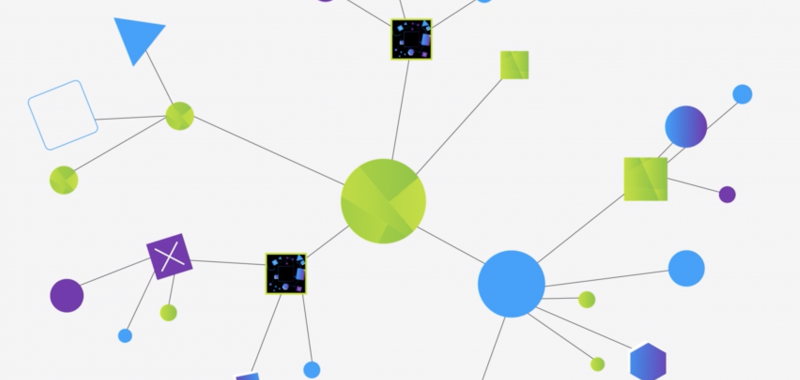Digital transformation is no longer the wave of the future — it’s standard practice for many agencies today. Data is one of the most valuable public sector resources. Not only do agencies collect, manage and provide data; they use it to make decisions that better serve constituents.
The hybrid-cloud architectures and containerized environments that come with digital transformation introduce complexity at a volume and velocity that’s hard to keep track of. The key to transformation in these environments is observability. That is, you need insight into what’s happening across your enterprise at any given moment. Without that intelligence, you’re just managing by guesswork, which isn’t managing at all.
Observability is especially critical because today’s applications are modular and dynamic. Parts of applications appear and disappear as needed. Where applications are hosted is changing too, with many agencies leaning toward a blend of cloud and on-premises infrastructure.
With the good comes some bad. This modularity ratchets up the number of dependencies between and within applications, processes and the infrastructure. A constantly changing environment has led to complexities, making it difficult to detect and identify the root cause of performance bottlenecks.
When applications lag, user experience suffers. That strains the mission.
Everyone wants to avoid the Wizard-of-Oz approach, with lots of manual behind-the-scenes switch-throwing. So, what’s the fix?
An automatic, artificial intelligence-driven observability solution eliminates bottlenecks and gives you visibility into the whole hybrid-cloud environment. It automatically monitors applications, containers, microservices and the infrastructure for anomalies, and when they’re detected, it triggers actions to prevent or resolve problems.
The beauty of such a solution is that it takes the time-intensive guesswork out of monitoring. Plus, the solution’s performance analytics minimize recovery time from outages, and optimize performance, boosting productivity and increasing user satisfaction.
You might be thinking, “That all sounds good, but how does it work for me?”
Imagine a state criminal justice agency. It gets information from local municipalities, aggregates it, and reports up to a federal agency. Over the years, it has accumulated a mix of new and legacy systems. The agency is moving toward app consolidation and modernizing its infrastructure, but for now, it’s hard to pinpoint root causes and resolve issues quickly.
The agency would benefit from implementing an automatic, AI-driven observability solution.
Let’s consider why.
The first capability is automation. Today’s complex environments require built-in automation for everything, from discovering assets, to deployment, to configuration changes. Automating application monitoring and the vast infrastructure that supports it keeps all apps working smoothly. For our criminal justice agency, this means much less manual configuration and human error.
The second capability is AI. The volume, velocity and variety of data in hybrid-cloud environments makes it hard to track application dependencies, let alone discover performance problems from there. AI baselines environments and recognizes patterns in context, looking for problems that have a true business impact, and sends alerts when problems occur. AI dramatically reduces manual, redundant work and automates responses, often before users know there’s even an issue. AI could help our criminal justice agency reduce wasted motions and focus on the mission.
An important best practice is to standardize agencywide on one AI-driven observability solution. When Department A uses one monitoring solution, and Department B uses something else, things get messy. Getting everyone to use a single observability solution for software intelligence makes the environment easier to maintain and troubleshoot. A single platform that collects and contextualizes all relevant data provides one source for answers.
Another best practice is to use the software intelligence from that observability platform to improve cross-agency collaboration. Our criminal justice agency needs its software to integrate across departments, municipalities and the federal government. The way to true collaboration is to share the software intelligence from the AI-driven observability solution so all teams have reliable, high-fidelity answers.
As you begin researching observability solutions, keep these best practices in mind. That is, plan for full-steam-ahead automation, remember that AI is necessary, standardize on one software intelligence solution, and then improve collaboration across your whole agency. An integrated software intelligence platform leads to optimized, responsive applications that serve agency employees and citizens well.
This article is an excerpt from GovLoop Academy’s recent course, “Are State and Local Governments Ready to Hand the Monitoring Keys to AI?” created in partnership with Dynatrace. Access the full course here.





Leave a Reply
You must be logged in to post a comment.